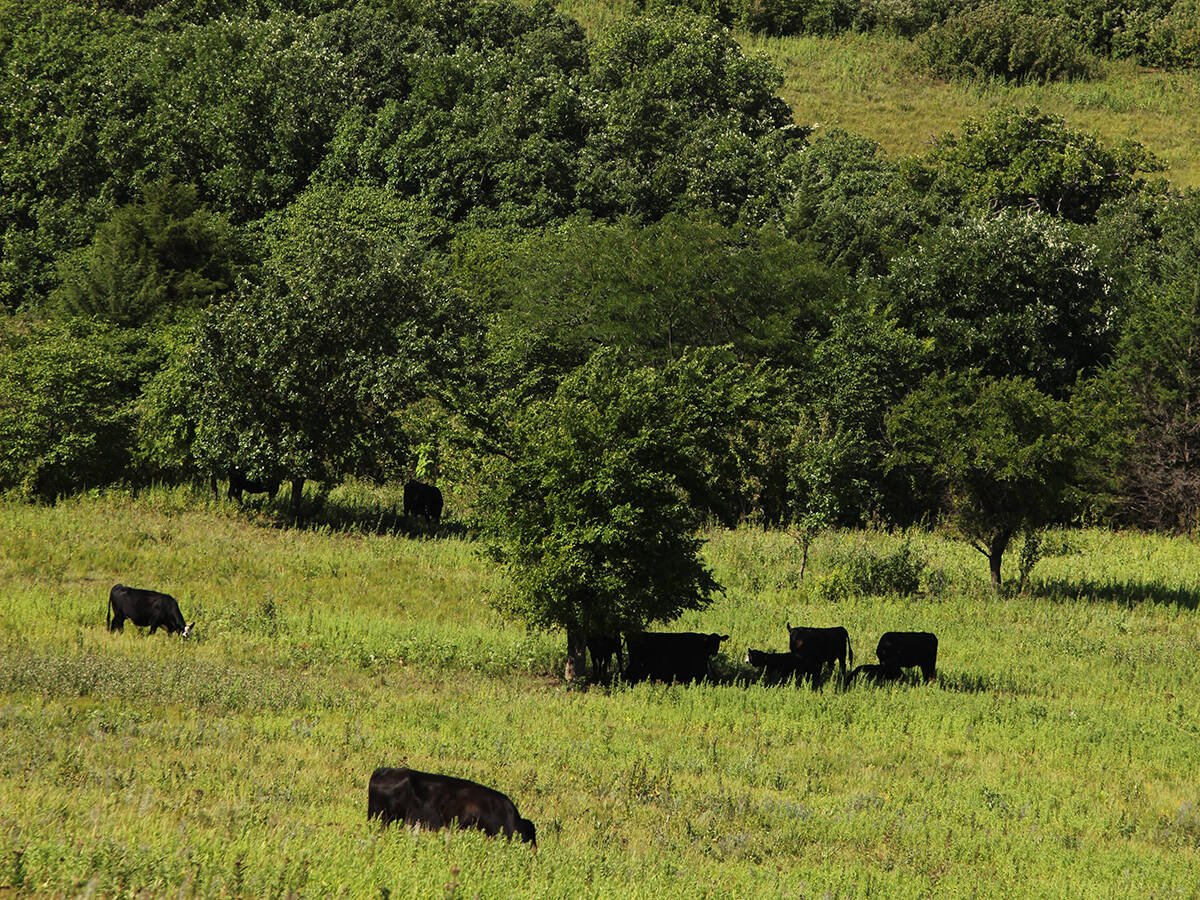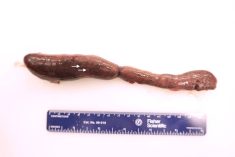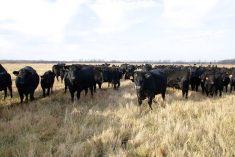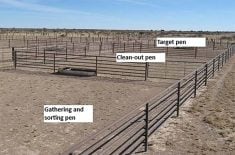The trace mineral status of our cows and calves is a significant challenge for western Canadian producers and veterinarians.
I have written several times in this column about Canadian studies that have documented the importance of copper, selenium and other trace minerals and their impact on health and reproduction.
Although clinical disease can occur with severe deficiencies of these microminerals, many of the effects of deficiencies may not be clinically obvious and may just result in lowered productivity.
Read Also

A new vaccine for bovine tuberculosis? Maybe not yet, but a step closer
Bovine TB vaccine candidate MSX-1 may finally offer cattle some disease protection without intering with tuberculosis test results, but it’s still early days.
Two areas that are often affected are cow fertility and the ability to mount an adequate immune response.
A recent study published in The Bovine Practitioner adds some more information on this important topic.
The study was conducted at the California Animal Health and Food Safety Laboratory and used its database from 2012-21. Within that database, researchers were able to download 857 beef cattle and 638 dairy cattle cases that included both a test for trace minerals from the liver as well as a post-mortem diagnosis.
This study is somewhat different from other studies I have previously written about because the animals that were studied had died. This is a very different population than sampling healthy cows within the herd.
These populations also have a wide range of ages, from calves to cows.
The study focused on three important trace minerals: copper, selenium and manganese.
One of the most remarkable results is the drastic difference between beef and dairy cattle.
Copper levels were deficient in the liver in 33 per cent of the beef cattle and five per cent in dairy cattle.
Selenium deficiency was evident in 45 per cent of beef cattle and five percent in dairy cattle.
Manganese deficiency was the only trace mineral that was more common in dairy cattle, at 32 per cent, compared to 17 per cent in beef cattle.
Overall, 73 per cent of the beef cattle in the sample had at least one trace mineral deficiency compared to 45 per cent of the dairy cattle.
Manganese deficiency was more common in dairy cattle, but it should be noted that less is understood about this mineral, including more difficulty in establishing normal levels in cattle.
This observation is probably somewhat expected because beef cattle often rely on free choice minerals throughout much of the year, while dairy cattle are typically fed a total mixed ration, which includes a trace mineral package. The authors noted that many of the dairy cattle may have been over-supplemented with trace minerals in some cases because many cows were over the normal levels in copper and selenium.
The second objective of this study was to evaluate the associations between the cause of death determined by the pathologist and the trace mineral status.
The results showed that beef cattle that died of bovine respiratory disease were more likely to be copper deficient.
This could mean that copper deficiency is affecting the immune system of these animals, but it’s important to remember that the study cannot claim copper deficiency “causes” bovine respiratory disease. We know that respiratory disease is an infectious disease, but the authors were able to establish a relationship between the two factors in this population.
The study does clearly reinforce previous studies that demonstrate beef cattle herds are more prone to trace mineral deficiencies. This may be due to a reliance on free choice mineral intake or it may be due to some of the other complex interactions with other elements, such as sulphates or molybdenum, that can cause secondary deficiencies to which beef cattle are more exposed.
Trace mineral deficiencies are complex, and the impact of deficiencies is not always obvious.
As cattle come off pasture this fall and winter feeding commences, it might be a good opportunity to work with your veterinarian and nutritionist to evaluate your herd’s trace mineral status.
This might involve taking liver biopsies or serum samples from a sample of cows and submitting them to the diagnostic laboratory for trace mineral levels. Feed testing and water testing may also be necessary as you plan for your winter feeding program.
John Campbell is a professor in the department of Large Animal Clinical Sciences at the University of Saskatchewan’s Western College of Veterinary Medicine.















